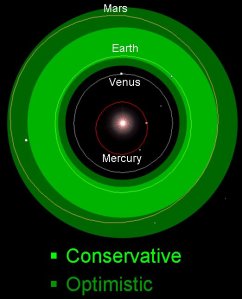My initial idea for this project was to find a correlation between age and happiness. But as I looked through data, the relationship of happiness and life expectancy around the world caught my eye. I’m sure you’ve all heard the expression “laughter is the best medicine”, and think about when you were laughing, you were probably happy. So is there any merit behind this statement? To find out I charted some numbers in my own HR-diagram. The data looks at an average level of happiness from many countries around the world and compares it to the average life expectancy of said country. Here is the end result:
Compared to the typical HR-diagram there is not a true ‘main sequence’ since each country is separate and does not progress over time. One could say the main sequence of the EI-diagram is around a happiness of 4-8, and a life expectancy of anywhere between 50-80 years. On the other hand, a correlation is quite apparent; as happiness increases so does life expectancy. But is this due to purely being happy or other factors? One alternate explanation is that countries displaying lower life expectancy are also third-world countries while ones showing a higher life expectancy are countries such as the US or Switzerland. This trend could be explained by lack of proper health care and less happiness due to poor living conditions. So it is hard to sort out what the real cause is. I am willing to bet that happiness does, by itself, have a positive effect on health. One example being Costa Rica, which is considered a third-world country, but it has the highest happiness rating (at 8.5) and a high life expectancy (80yrs). Therefore, happiness must play some role unless there is an underlying bias not being addressed. Realistically a combination of factors including happiness, quality of life, sanitation, and diet all effect the length of a persons’s life.
Sources:
Veenhoven, R., World Database of Happiness, Erasmus University Rotterdam, The Netherlands
Assessed on (10/16/13) at: http://worlddatabaseofhappiness.eur.nl











 A visual guide to a star’s habitable zone based on its size. Source:
A visual guide to a star’s habitable zone based on its size. Source: 







